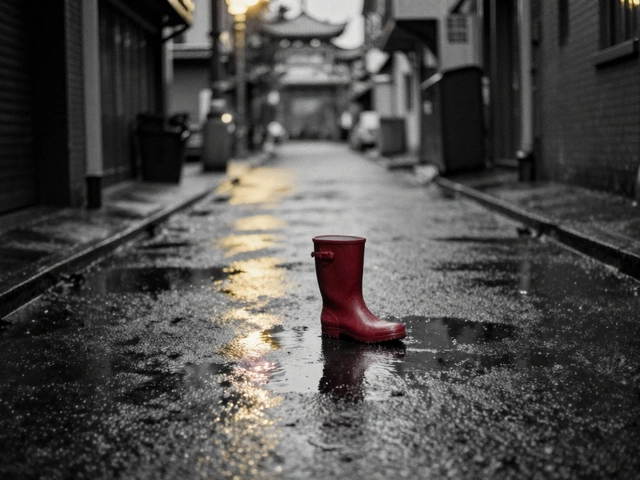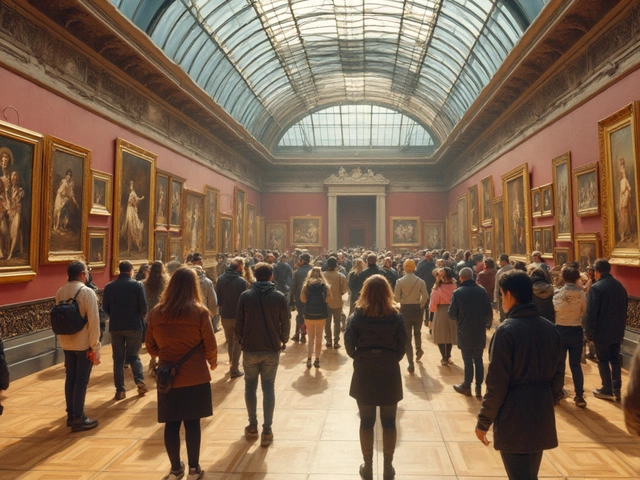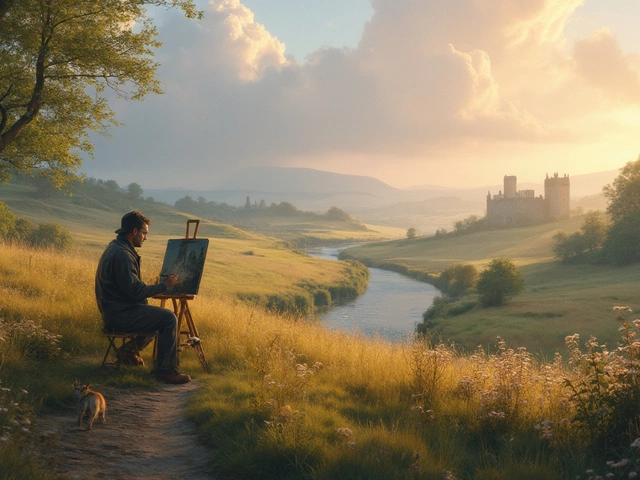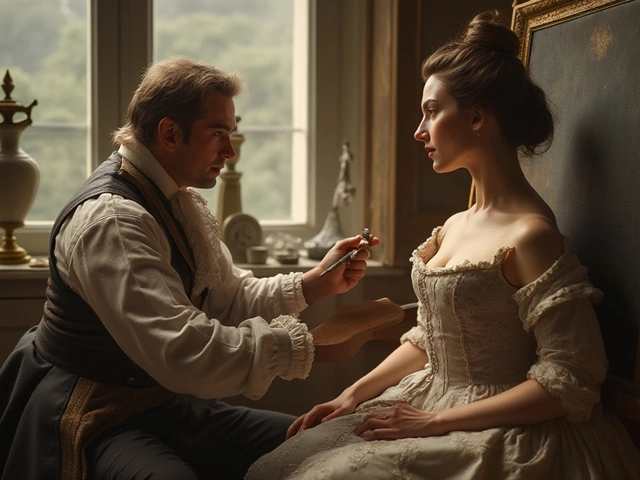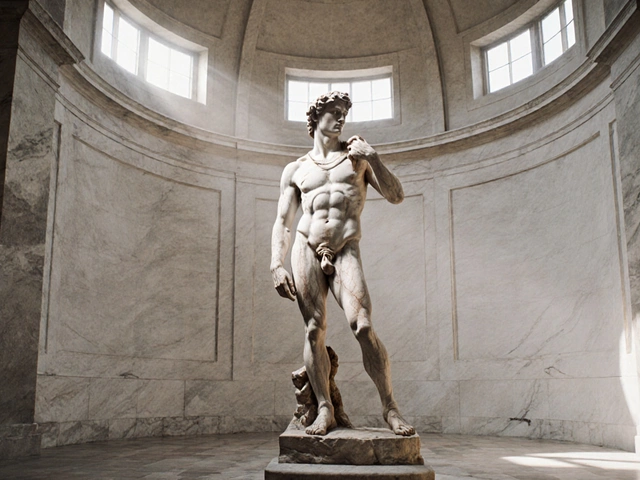Art Techniques: Mastering Methods Across Mediums
When we talk about Art Techniques, the practical methods artists use to turn ideas into visual works. Also known as artistic techniques, they form the backbone of every painting, sculpture, digital piece or abstract experiment you’ll see in studios and galleries.
One of the biggest sub‑fields is Digital Art, creating images with software, tablets and computers. It demands familiarity with tools like drawing tablets, layers and file formats, and it shapes how modern creators sell NFTs or print‑on‑demand merch. Art techniques also include Oil Painting, the classic medium where pigments mix with oil to give rich, blendable color. Oil painters rely on underpainting, glazing and the famous Goya technique to build depth and drama. Then there’s Sculpture, the three‑dimensional art of shaping stone, metal, wood or modern polymers. Sculptors choose from carving, modeling, casting or assembling, each with its own set of tools and safety steps. Finally, Abstract Art, non‑representational work that explores form, color and texture follows hidden rules – balance, tension and repetition – even when it looks chaotic.
These four areas intersect in surprising ways. Art techniques encompass digital art methods, oil painting processes, sculpture practices and abstract principles. Digital art requires software skills, but many artists borrow oil‑painting color theory for realistic lighting. Sculpture techniques influence abstract art by stressing material weight and space. Abstract rules guide oil painters when they want to break realism without losing coherence. Knowing how each technique pulls from the others lets you move fluidly from a tablet sketch to a clay model or a canvas canvas without losing your artistic voice.
What this means for you is simple: pick a technique that fits your goal, learn its core steps, then experiment across the other mediums. Need a quick start? Begin with a digital sketch, export the line work, and use it as a reference for an oil underpainting. Or take a small clay armature, cast it in resin, then paint the finished piece with an abstract palette. The options are endless, and each combination deepens your skill set. Below you’ll find a hand‑picked collection of articles that break down each method, share real‑world tips and show you how creators are turning technique into income and expression today.
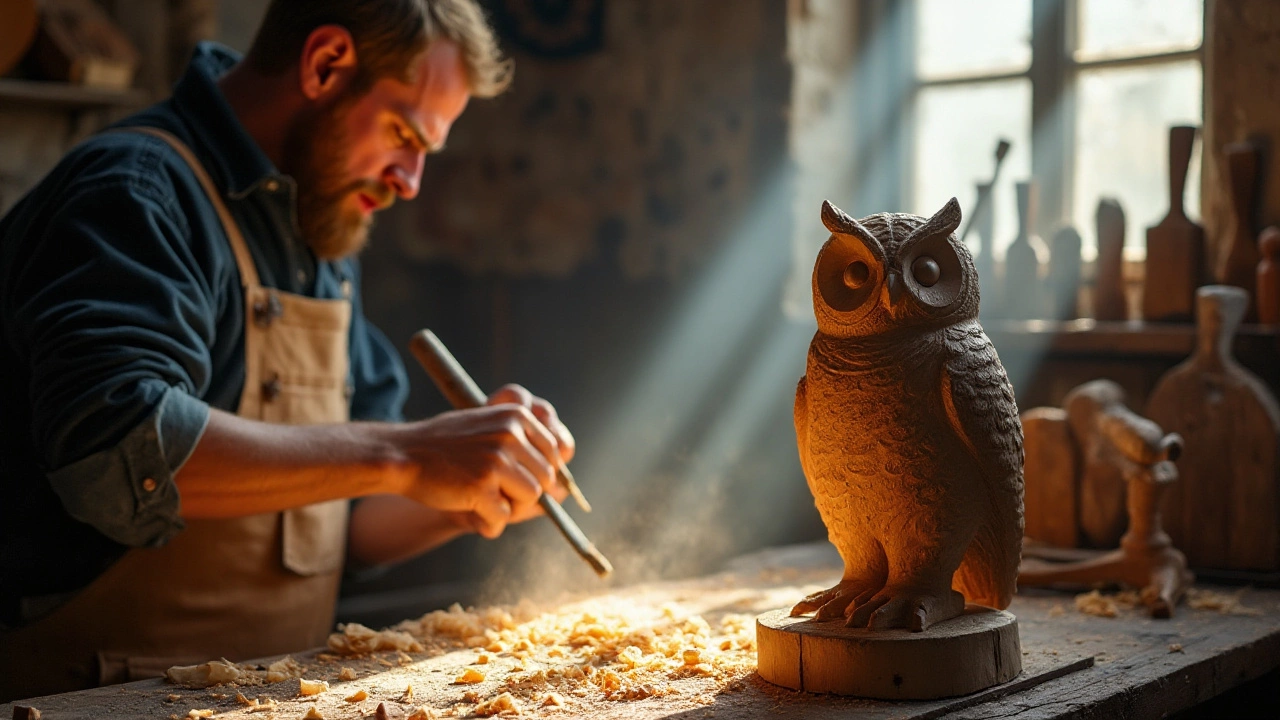
Delving into the world of sculpture art, this article unravels the distinctions between sculpting and carving. These artistic processes differ primarily in technique and materials used, impacting the art produced significantly. While carving is a method of subtraction, typically using materials like wood and stone, sculpting often involves a range of materials, including clay, and encompasses both additive and subtractive techniques. Understanding these differences provides insight into the creative processes and the diverse artistry involved in sculpture.
